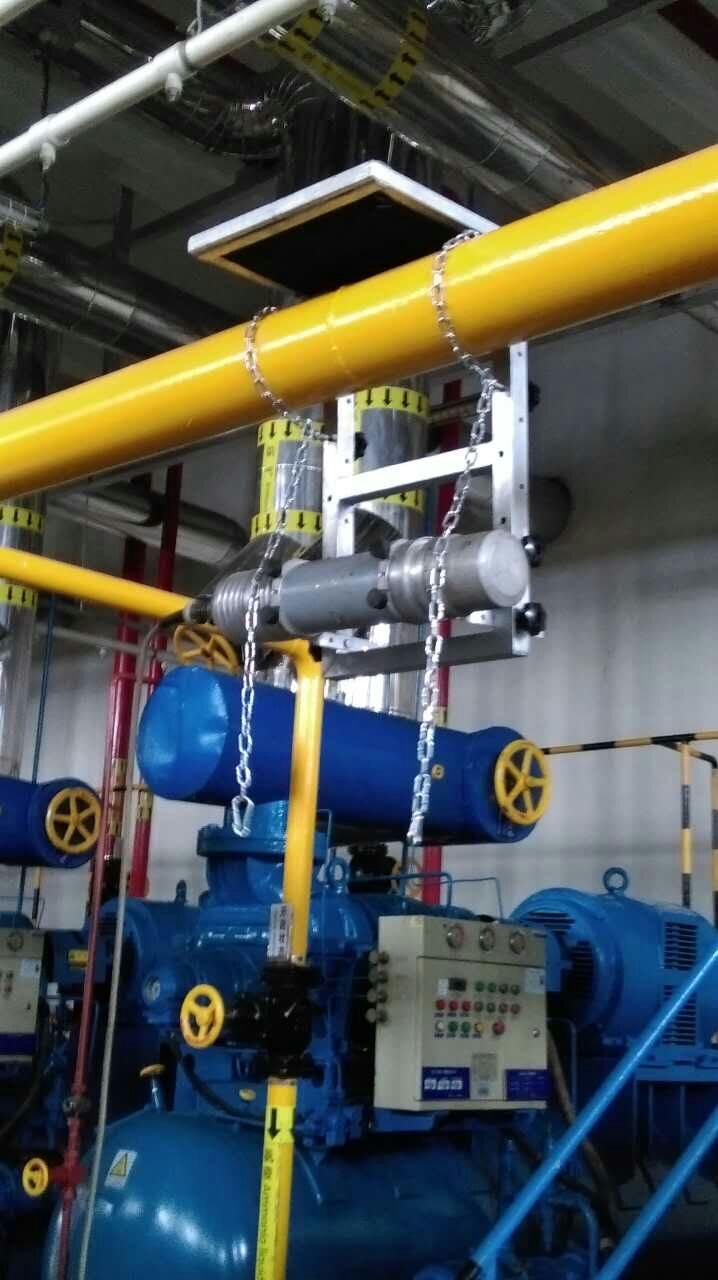Eddy current testing features
(1) The detection sensitivity of the surface of the conductive material and the near surface defects is high;
(2) The detection coil does not have to be in close contact with the material to be inspected or the workpiece, and no adhesive is required, and the detection process does not affect the performance of the material to be inspected.
(3) A wide range of applications can be monitored for various physical and technological factors affecting the characteristics of induced eddy currents;
(4) Under certain conditions, it can reflect information about the crack depth;
(5) Monitoring can be carried out in places where high temperature, thin-walled tubes, thin wires, and internal hole surfaces of parts are not suitable;
(6) Monitoring complex parts in shape. Inefficient; it is difficult to distinguish the type and size of defects.

Skin effect and penetration depth of eddy current
1. Skin effect
The induced eddy current concentrates near the surface of the material adjacent to the excitation coil. The eddy current density decreases as the distance from the surface increases.
2. Penetration depth
The existence of the skin effect causes the intensity of the alternating current excitation magnetic field and the density of the eddy current to decrease from the surface of the material to be tested to its internal exponential distribution. When the eddy current density is attenuated to 1/e (36.8%) of its surface density, the corresponding depth is defined as
h=503/√furΥ
h : penetration depth (n2; f: current frequency (Hz))
Ur : material relative permeability; Υ : conductivity (S/n2)
-
 Sales@hata-ndt.com
Sales@hata-ndt.com -
 0086-0371-86172891
0086-0371-86172891










